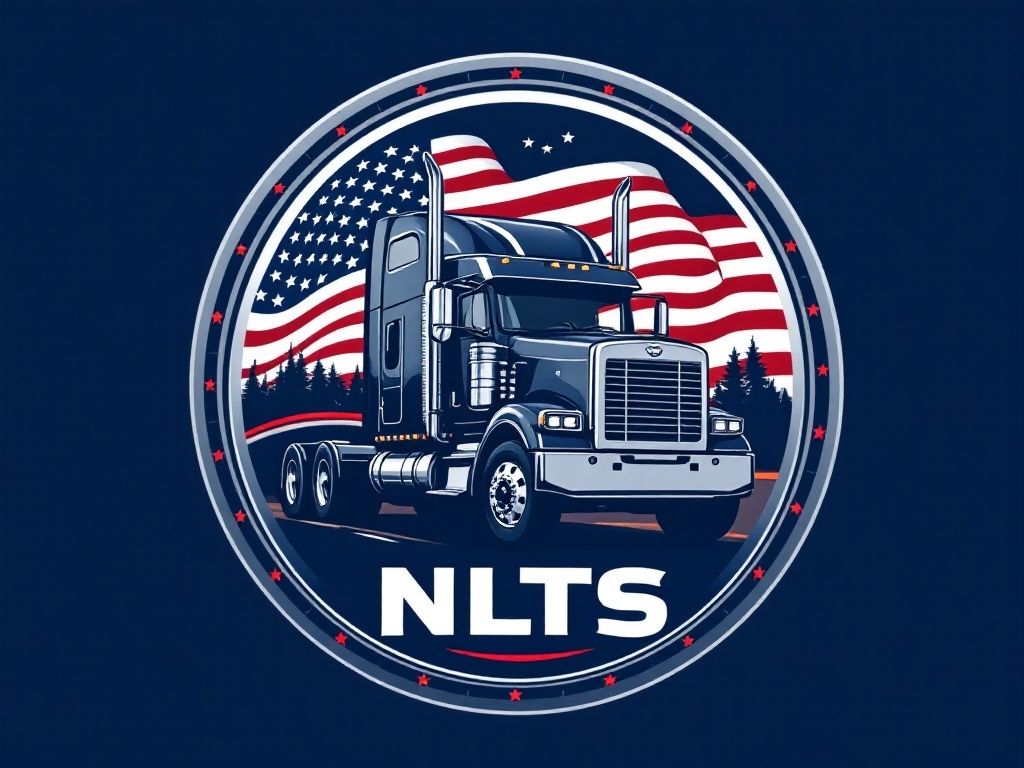Navigating Trucking Regulations in the Southeast and Beyond
Understanding the Basics of Trucking Regulations
Trucking regulations are essential for ensuring the safety and efficiency of the transportation industry. For trucking companies and drivers operating in the Southeast and beyond, understanding these regulations is crucial for compliance and smooth operations. The regulations cover various aspects, from driver qualifications to vehicle maintenance, and vary by state and region.

Key Regulations in the Southeast
The Southeastern United States has specific trucking regulations that drivers must adhere to. These include weight restrictions, hours of service, and special permits for oversized loads. States like Georgia and Florida have distinct rules, often influenced by their geography and economic activities. It's important for trucking companies to stay informed about these state-specific requirements to avoid penalties.
Federal Regulations That Apply Nationwide
While regional regulations are important, federal laws govern trucking nationwide. The Federal Motor Carrier Safety Administration (FMCSA) sets standards that all trucking companies in the U.S. must follow. These regulations cover driver qualifications, commercial driver's license (CDL) requirements, and vehicle safety standards. Staying informed about these regulations helps ensure compliance and safety on the road.

Hours of Service Regulations
One of the most critical areas of regulation is the Hours of Service (HOS) rules. These regulations dictate how long drivers can be on the road and how much rest they need between shifts. The goal is to prevent driver fatigue, which can lead to accidents. Companies must keep accurate records of driver hours to comply with HOS rules.
Keeping Up with Changing Regulations
Trucking regulations are not static; they evolve over time. Changes can be driven by new technology, safety research, or legislative actions. It is essential for trucking companies to have a system in place to monitor updates in both federal and state regulations. Subscribing to industry publications and participating in professional organizations can provide timely information on regulatory changes.

Technology's Role in Compliance
Technology plays a significant role in helping trucking companies comply with regulations. Electronic logging devices (ELDs) are now mandatory for tracking driver hours, making it easier to adhere to HOS rules. GPS tracking and fleet management software also assist in maintaining compliance by providing real-time data on vehicle locations and conditions.
Best Practices for Navigating Regulations
To successfully navigate trucking regulations, companies should implement several best practices. These include providing ongoing training for drivers and staff, conducting regular audits of compliance procedures, and maintaining open communication channels with regulatory bodies. By fostering a culture of compliance, trucking companies can reduce the risk of violations and enhance their reputation.

Conclusion: Staying Ahead of the Curve
Navigating the complex landscape of trucking regulations requires diligence and commitment. By understanding both state-specific and federal requirements, leveraging technology, and staying informed about changes, trucking companies can ensure compliance and maintain operational efficiency. Ultimately, this proactive approach not only safeguards against penalties but also contributes to safer roads for everyone.
